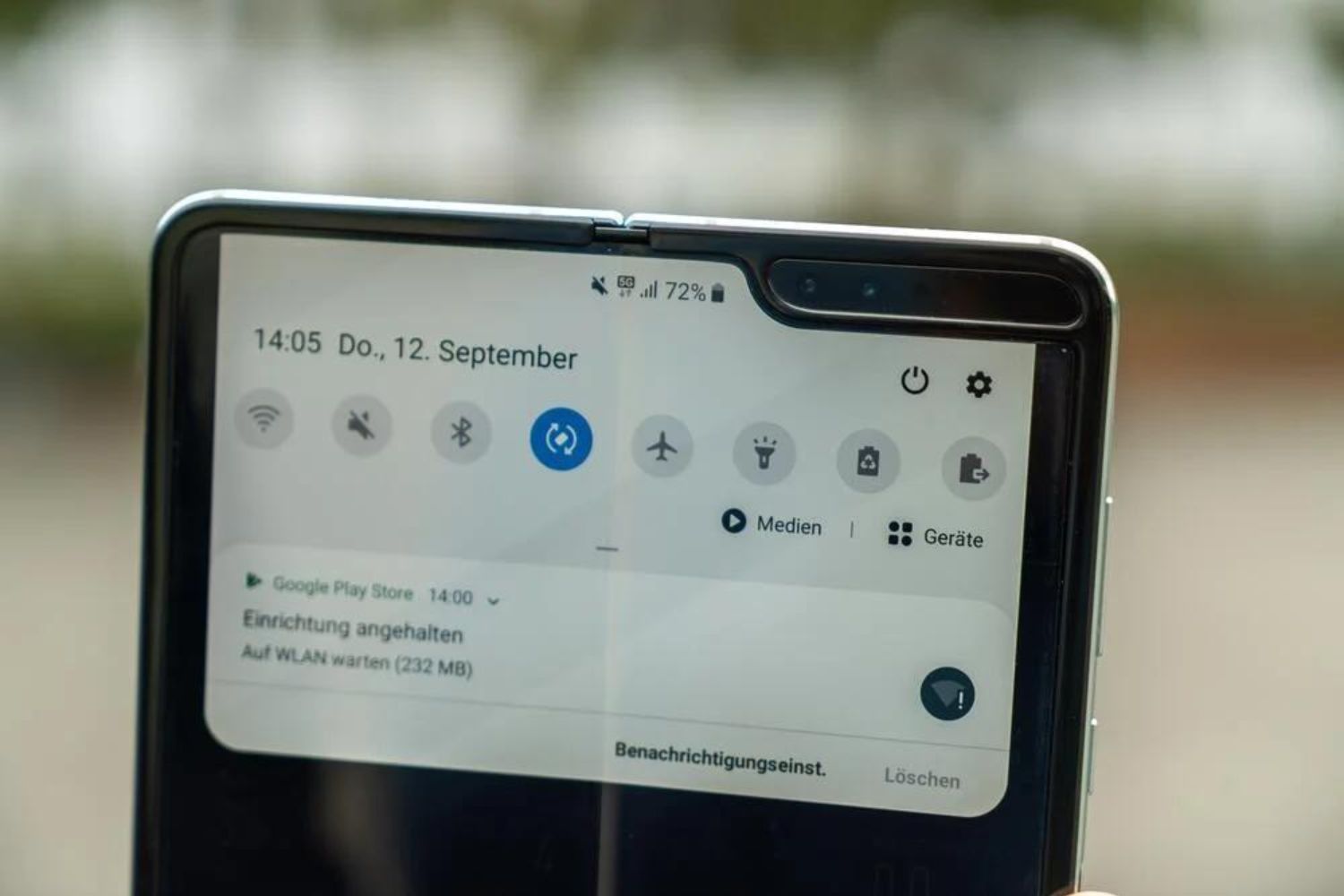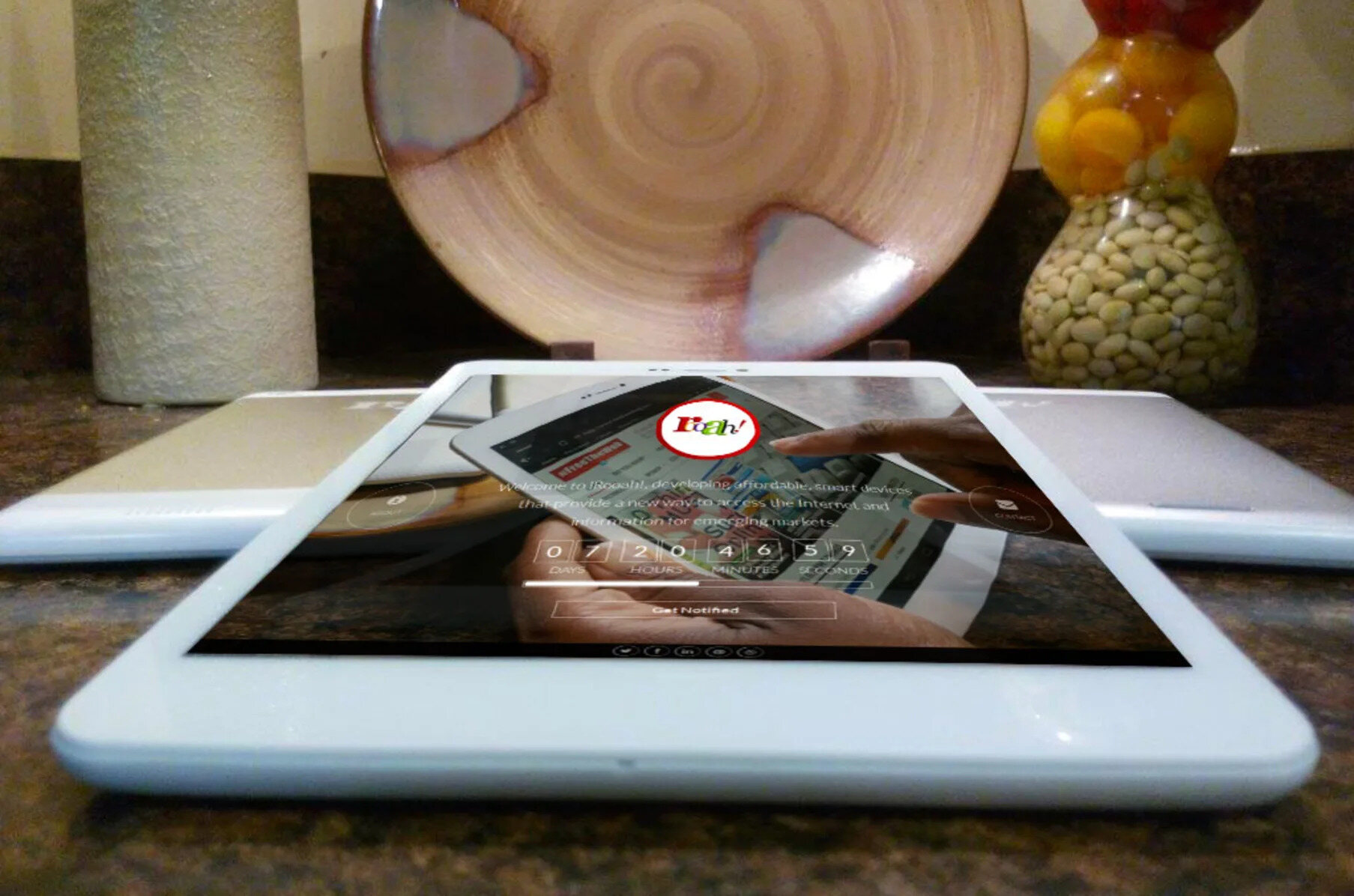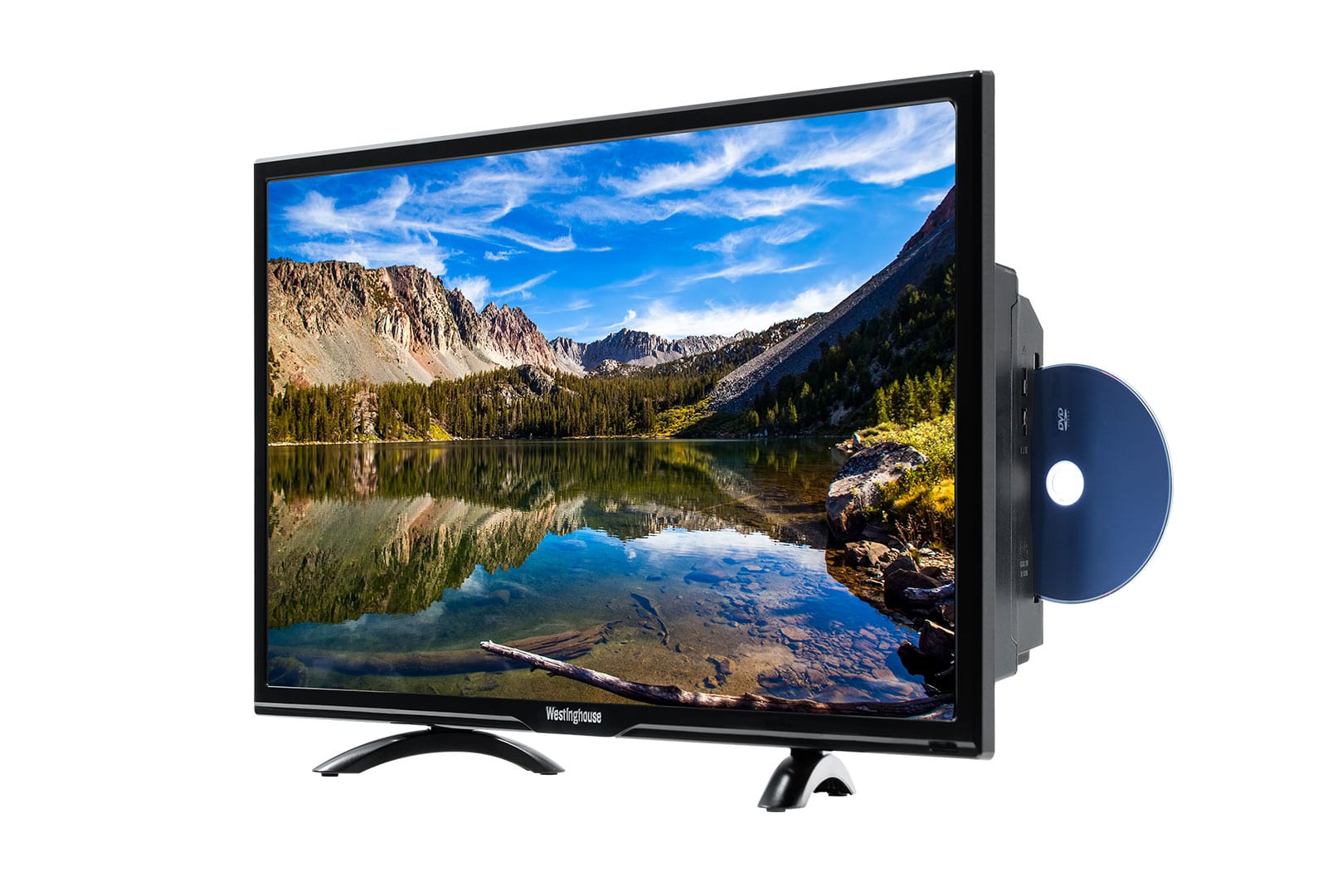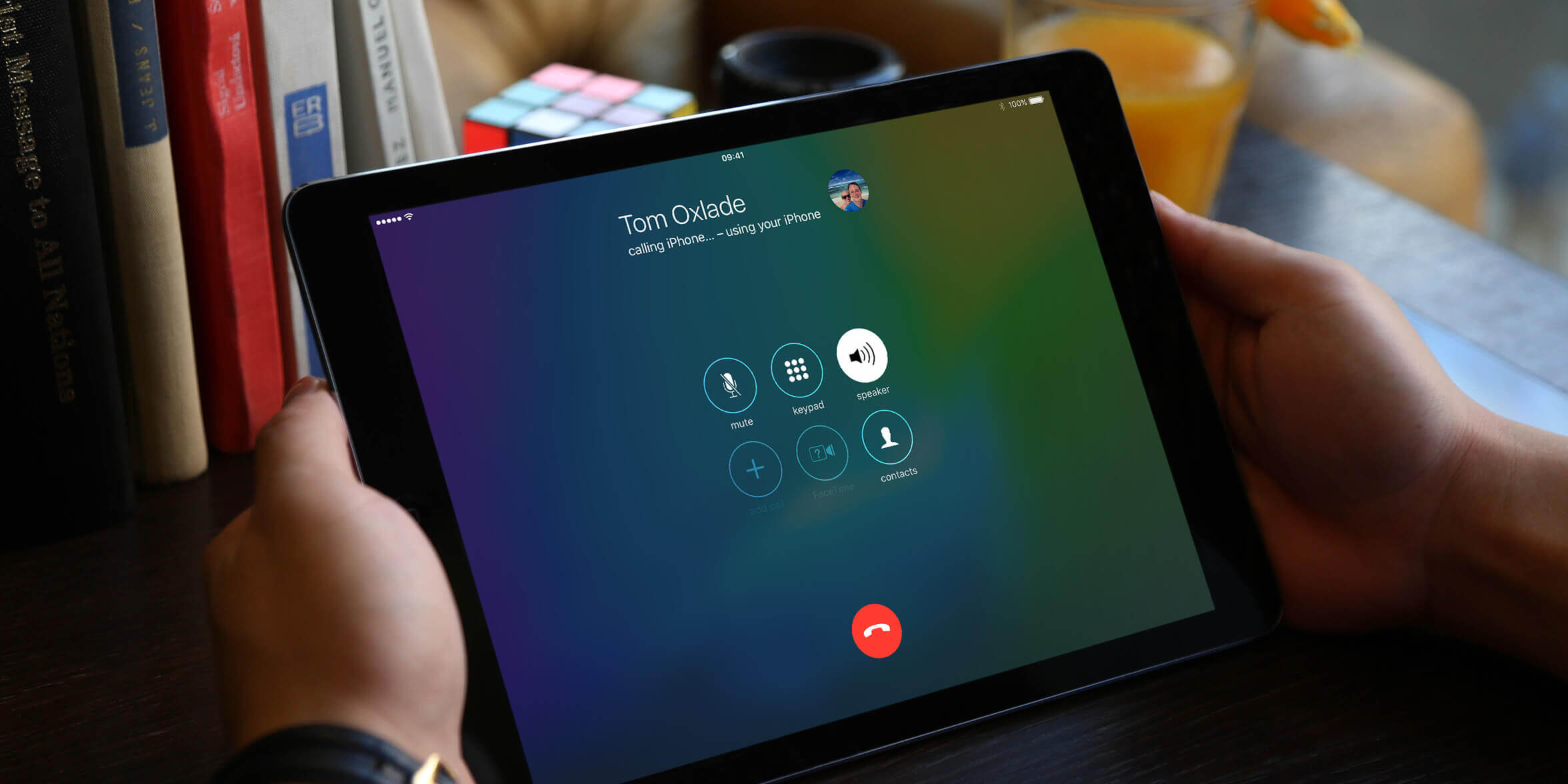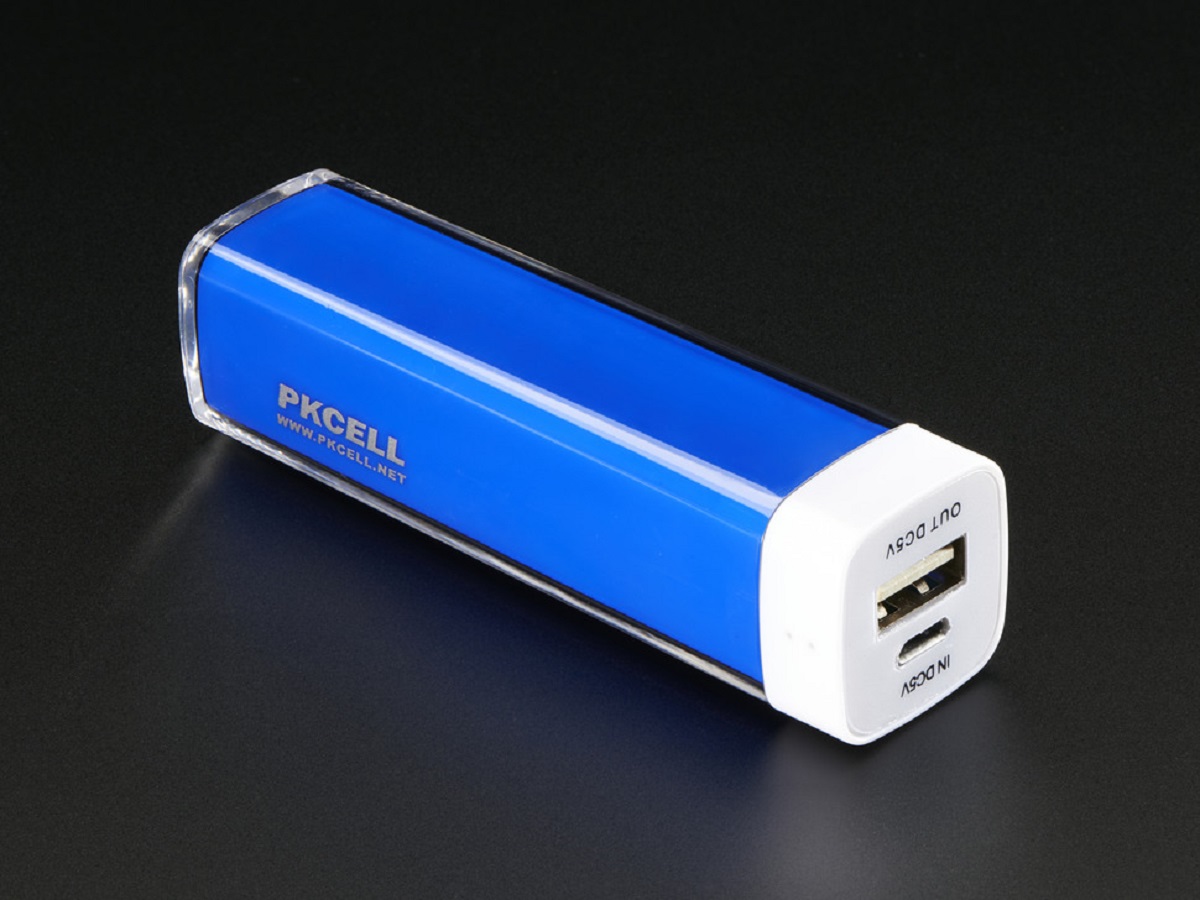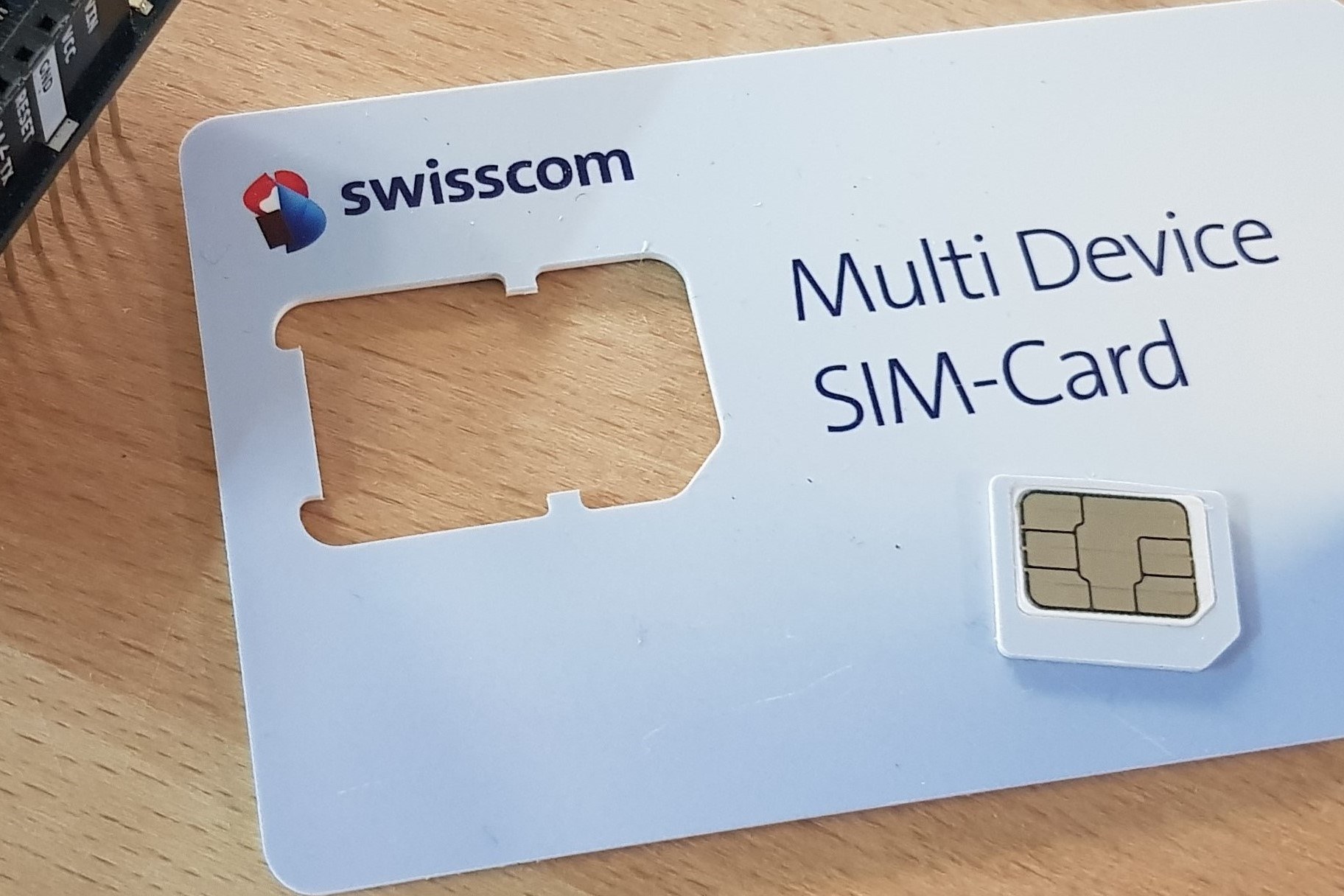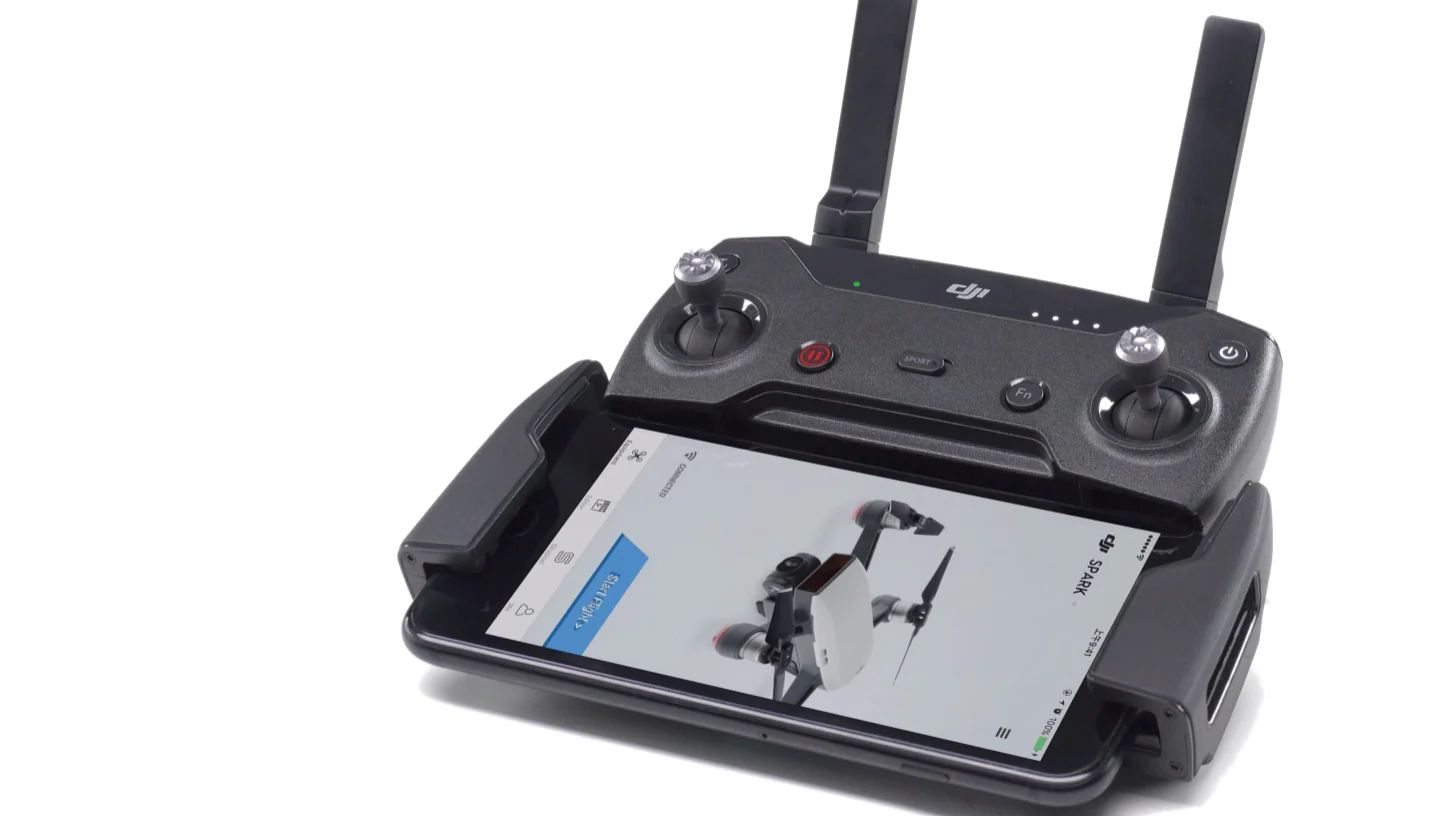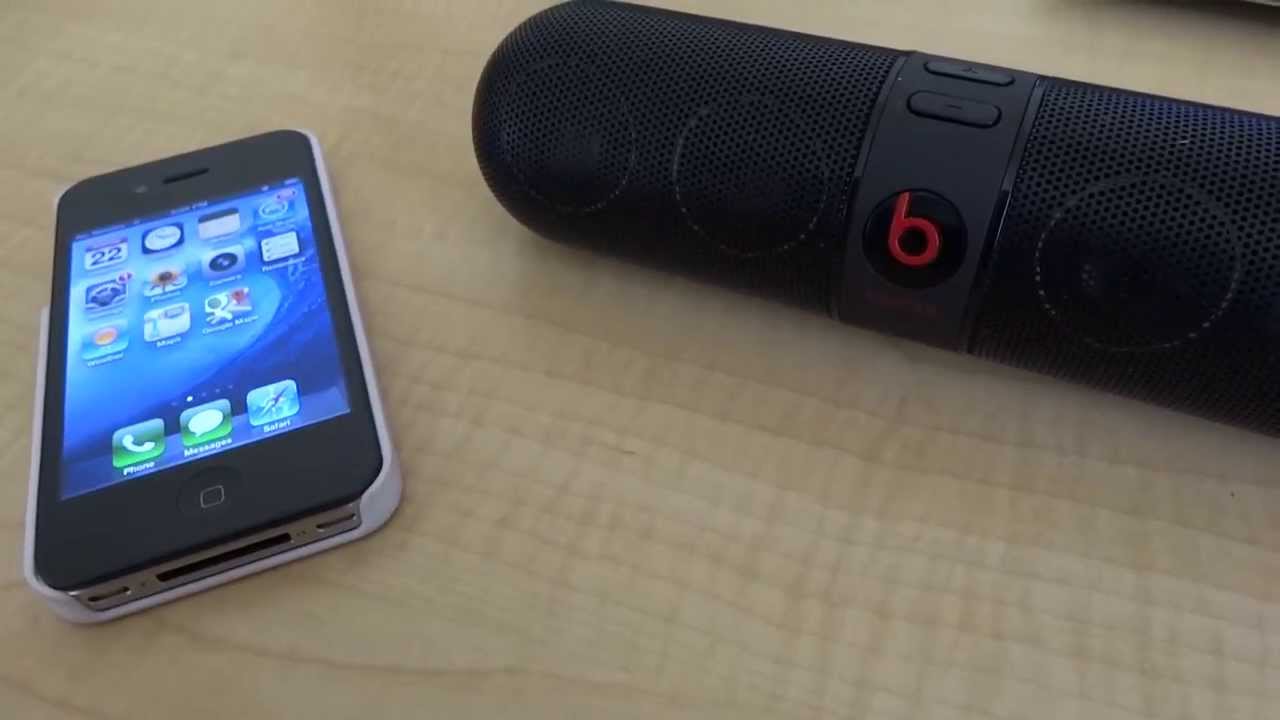Introduction
Smartphones and tablets have become indispensable devices in our daily lives, keeping us connected and providing access to a wealth of information and entertainment. However, many people still wonder what sets these devices apart. In this article, we will explore the key differences between smartphones and tablets, helping you understand which device suits your needs best.
Both smartphones and tablets are portable personal devices that offer similar functionalities, such as internet browsing, video streaming, gaming, and communication. However, there are crucial distinctions that set them apart in terms of size, processing power, connectivity, operating systems, and more. Understanding these differences will help you make an informed decision when choosing between a smartphone and a tablet.
Smartphones are compact communication devices that fit comfortably in the palm of your hand. With screen sizes ranging from around 4 to 6 inches, they are designed for convenience and mobility. Tablets, on the other hand, are larger devices, typically featuring screen sizes between 7 and 12 inches. This larger display makes tablets better suited for multimedia consumption, reading, and productivity tasks.
When it comes to processing power, smartphones and tablets may vary significantly. Smartphones tend to have less powerful processors compared to tablets, as they are primarily optimized for everyday tasks like calling, texting, and running mobile apps. Tablets, with their larger form factor, often feature more powerful processors, making them better equipped for tackling resource-intensive tasks like gaming and multitasking.
Another important distinction between smartphones and tablets lies in their connectivity options. While both devices offer Wi-Fi connectivity, smartphones also include cellular connectivity, allowing you to make calls and access the internet on the go. Tablets without cellular capabilities rely solely on Wi-Fi networks for internet access. This difference is crucial for those who require constant connectivity outside of Wi-Fi zones.
Size and Display
One of the primary differences between smartphones and tablets is their physical size and display. Smartphones are designed to be compact and easily fit in the palm of your hand. They typically have screen sizes ranging from around 4 to 6 inches diagonally. This compact size makes them highly portable, allowing you to carry them in your pocket or purse with ease.
Tablets, on the other hand, are larger devices with screen sizes typically ranging from 7 to 12 inches diagonally. The larger display size provides a more immersive experience when consuming media, reading e-books, or working on productivity tasks. Tablets offer a closer resemblance to a traditional laptop or desktop screen, making them ideal for activities that require a larger viewing area.
The aspect ratio of the screen also differs between smartphones and tablets. Smartphones usually have a more elongated, narrow screen aspect ratio, which is optimized for one-handed use and vertical browsing. In contrast, tablets tend to have a more square or widescreen aspect ratio, which is better suited for multitasking, watching videos, and reading documents.
Additionally, the resolution of the display can vary between smartphones and tablets. Both devices offer high-resolution screens, but tablets often have a higher pixel density due to their larger display size. This results in sharper and more detailed images and text, offering a richer visual experience when consuming media or viewing content on a tablet.
The size and display of the device you choose depend on your specific needs and preferences. If you prioritize portability and one-handed use, a smartphone is the way to go. On the other hand, if you value a larger and more immersive viewing experience, a tablet is a better choice.
Processing Power
Processing power is a key factor to consider when comparing smartphones and tablets. While both devices offer computing capabilities, there are differences in terms of their processing power and performance.
Smartphones are designed with a balance between performance and power efficiency. They are equipped with processors optimized for everyday tasks, such as browsing the internet, using social media apps, and playing mobile games. While smartphones have become increasingly powerful over the years, they are generally not as powerful as tablets due to their smaller form factor and battery constraints.
Tablets, on the other hand, often boast more powerful processors. With their larger size, tablets can accommodate more robust hardware configurations, including faster processors and more RAM. This extra processing power enables tablets to handle resource-intensive tasks, such as graphic-intensive gaming, video editing, and multitasking with ease.
The increased processing power of tablets also enhances the overall performance and responsiveness of the device. Apps and games run smoother, loading times are reduced, and multitasking becomes more seamless. This makes tablets a preferred choice for users who require a high-performance device for productivity or entertainment purposes.
It’s worth noting that not all tablets offer the same level of processing power. Higher-end tablets often feature the latest and most advanced processors, while budget-friendly options might have slightly less powerful hardware. However, even mid-range tablets can provide a significant boost in performance compared to most smartphones.
When choosing between a smartphone and a tablet, consider the tasks you intend to perform. If you primarily use your device for everyday tasks like web browsing, email, and social media, a smartphone’s processing power should be sufficient. However, if you require more processing power for gaming, content creation, or intense multitasking, a tablet with its greater processing power would be the better choice.
Connectivity
Connectivity is another important factor to consider when comparing smartphones and tablets. Both devices offer Wi-Fi connectivity, allowing you to connect to wireless networks for internet access. However, there are notable differences in terms of cellular connectivity options.
Smartphones are designed with cellular connectivity capabilities, which means they have a built-in modem that allows you to connect to mobile networks. This enables you to make calls, send text messages, and access the internet on the go, even without a Wi-Fi connection. The ability to be always connected is particularly useful when you are traveling or in areas with limited or no Wi-Fi coverage.
Tablets, on the other hand, may or may not have cellular connectivity capabilities. Some tablets offer cellular models, which allow you to insert a SIM card and connect to mobile networks just like smartphones. However, many tablets are Wi-Fi-only, which means they rely solely on Wi-Fi networks for internet access. This can be limiting if you require constant connectivity outside of Wi-Fi zones.
The choice between a smartphone and a tablet with cellular capabilities depends on your specific needs and usage patterns. If you require the ability to make calls, send messages, and access the internet without Wi-Fi, a smartphone is the way to go. On the other hand, if you primarily use your device in areas with reliable Wi-Fi coverage or don’t need constant cellular connectivity, a Wi-Fi-only tablet can be a cost-effective option.
It’s also worth mentioning that cellular connectivity comes with additional costs. You will need to have a mobile data plan and pay for monthly cellular service to use the cellular capabilities of your smartphone or tablet. This is an important factor to consider when comparing the overall cost of ownership between the two devices.
Ultimately, the choice between a smartphone and a tablet with cellular connectivity depends on your specific needs for on-the-go connectivity and the willingness to pay for cellular service. If constant connectivity is essential to you, a smartphone is the more suitable choice. However, if Wi-Fi coverage is readily available or you prefer a larger screen for media consumption and productivity, a tablet with Wi-Fi connectivity may be a better fit.
Portability
When it comes to portability, smartphones and tablets offer different advantages and considerations. The size and weight of a device greatly impact its portability.
Smartphones are designed to be highly portable, fitting comfortably in your pocket or purse. With their compact form factor and lightweight build, they are easy to carry around and use on the go. This makes smartphones ideal for users who value convenience and mobility, allowing them to stay connected and productive wherever they are.
Tablets, on the other hand, are larger and may require a separate bag or case for transportation. While they are still portable compared to laptops or desktops, tablets may not be as convenient to carry around as smartphones due to their size and weight. However, the larger screen size of tablets offers a better viewing experience and can be more advantageous for activities such as reading, watching movies, or working on documents.
Another aspect to consider is the flexibility of use. Smartphones are handheld devices that can be easily operated with one hand, making them more suitable for on-the-go tasks like messaging, making calls, or quickly checking information. Tablets, with their larger screens, provide a more immersive and comfortable experience for activities that require more screen real estate, such as content creation, gaming, or watching videos.
The choice between a smartphone and a tablet in terms of portability depends on your specific needs and preferences. If you frequently travel, need a device that can be easily carried in your pocket, and want the convenience of one-handed operation, a smartphone is the more portable option. However, if you value a larger screen for multimedia consumption or productivity tasks and don’t mind carrying a slightly larger device, a tablet can still provide portability with a better viewing experience.
It’s worth mentioning that advancements in technology have resulted in the emergence of “phablets” or “large-screen smartphones,” blurring the line between smartphones and tablets. These devices offer larger screens than typical smartphones but are still smaller and more compact than traditional tablets. Phablets offer a compromise in terms of portability and screen size, providing a balance between the two form factors.
Consider your usage scenarios, desired display size, and how often you need to carry the device with you when deciding between a smartphone and a tablet in terms of portability. Ultimately, choosing a device that aligns with your lifestyle and meets your specific needs will ensure optimal convenience and satisfaction.
Operating System
The operating system (OS) plays a significant role in determining the user experience and functionality of smartphones and tablets. Two of the most popular and widely-used operating systems for these devices are Android and iOS.
Android, developed by Google, is an open-source operating system available on a wide range of devices from various manufacturers. It offers a high level of customization, allowing users to personalize their devices, customize their home screens, and install third-party apps from the Google Play Store. Android is known for its flexibility, diverse app selection, and integration with Google services.
iOS, developed by Apple exclusively for their devices, is known for its stability, security, and seamless integration across Apple’s product ecosystem. The closed-source nature of iOS provides a cohesive user experience and ensures consistent performance across devices. The App Store offers a vast selection of high-quality apps designed specifically for iOS devices, ensuring optimized performance and compatibility.
One of the main differences between these operating systems is the availability of devices. Android is used by many manufacturers, resulting in a wide range of smartphone and tablet options at various price points. On the other hand, iOS is exclusively available on Apple devices, limiting your hardware options to iPhones and iPads but ensuring a more refined and unified user experience.
Another aspect to consider is software updates. Both Android and iOS receive regular updates that bring new features, bug fixes, and security enhancements. However, the update process differs between the two operating systems. Apple devices generally receive updates for a longer period of time, ensuring that users have access to the latest features and security patches. Android updates, on the other hand, may be dependent on the device manufacturer and carrier, resulting in varying update timelines and support.
The choice between Android and iOS depends on your preferences, ecosystem familiarity, and app requirements. If you value customization options, a wide range of device choices, and seamless integration with Google services, Android may be the better option for you. On the other hand, if you prioritize a streamlined user experience, intuitive interface, and integration with other Apple devices, iOS may be the more suitable choice.
Ultimately, the operating system you choose will have a significant impact on your device’s functionality, app availability, and user experience. Take the time to explore the features and characteristics of Android and iOS to determine which one aligns with your needs and preferences.
Camera Quality
The camera has become an essential feature of smartphones and tablets, allowing users to capture and share moments on the go. The camera quality is an important consideration when comparing these devices, as it directly affects the photos and videos you can capture.
Smartphones, with their focus on communication and convenience, often prioritize camera capabilities. Many smartphones now feature advanced camera systems with high-resolution sensors, multiple lenses, and various shooting modes. With these devices, you can capture high-quality photos and videos, and even achieve professional-looking results with features like portrait mode, night mode, and image stabilization.
Tablets, although less commonly associated with photography, still offer decent camera capabilities. While they may not match the image quality of high-end smartphones, tablets often have cameras that are sufficient for general photography and video calling. This makes tablets suitable for tasks like video conferencing, scanning documents, or taking casual snapshots.
It’s important to note that the camera specifications can vary significantly between different models and price points within both smartphones and tablets. Higher-end smartphones and tablets generally offer better camera capabilities, including higher megapixel counts, larger sensors, and advanced features. Budget-friendly options may have more basic camera setups, but they can still deliver satisfactory results for everyday use.
When comparing camera quality, factors such as image resolution, dynamic range, low-light performance, and the availability of features like optical zoom and image stabilization need to be considered. Furthermore, the image-processing capabilities of the device’s software can also influence the overall photo and video quality.
Ultimately, the choice between a smartphone and a tablet in terms of camera quality depends on your primary use case and photography needs. If you frequently capture photos and videos and value high-quality results, a smartphone with its focus on camera capabilities may be the better choice. On the other hand, if photography is not a top priority and you primarily use the camera for video calls or casual snapshots, the camera quality of a tablet may be sufficient.
Whether you choose a smartphone or a tablet, it’s important to research the specific camera capabilities of the device you are considering to ensure it aligns with your photography requirements.
Battery Life
Battery life is a crucial consideration when comparing smartphones and tablets, as it directly impacts how long you can use your device before needing to recharge. The battery life of a device depends on various factors, including its hardware, operating system, screen size, and the tasks being performed.
Smartphones are typically designed with power efficiency in mind, as they need to balance performance and battery life. With advancements in battery technology, smartphones now offer impressive battery life, allowing you to use your device throughout the day without needing to recharge. However, factors such as screen-on time, running resource-intensive apps or games, and cellular connectivity can impact battery life and may require you to recharge sooner.
Tablets, with their larger form factor, have more space available for a larger battery. This often translates to longer battery life compared to smartphones. Tablets are designed to provide extended usage time for tasks like web browsing, media consumption, and productivity. However, similar to smartphones, battery life can vary depending on the specific tablet model, usage patterns, and the intensity of the tasks being performed.
It’s important to consider that battery life is not solely dependent on the device itself, but also on individual usage habits. Tasks such as streaming videos, playing graphically demanding games, or using GPS navigation can drain the battery faster on both smartphones and tablets. Additionally, the screen brightness level, background app activity, and network connectivity can also impact battery consumption.
To improve battery life, both smartphones and tablets offer various features and settings. These include power-saving modes that optimize performance and limit background processes, as well as adaptive brightness that adjusts the screen brightness based on ambient light. By taking advantage of these features and practicing efficient device usage habits, you can extend the battery life of your device.
When choosing between a smartphone and a tablet in terms of battery life, it’s important to assess your typical usage patterns and requirements. If you need a device that can last a full day of heavy usage or prioritize longer battery life for extended media consumption or productivity tasks, a tablet may be the better choice. However, if you mainly require a device for on-the-go usage or prefer a smaller form factor, smartphones with their typically efficient battery life can still meet your needs.
It’s worth noting that manufacturers often provide estimated battery life based on average usage scenarios, but in real-world usage, battery life can vary. Reading user reviews and researching battery performance can provide a better understanding of how different devices perform under different usage conditions.
Storage Capacity
Storage capacity is an essential consideration when comparing smartphones and tablets, as it determines how much data, apps, and media you can store on your device. Both smartphones and tablets offer different storage options, allowing users to choose the capacity that best suits their needs.
Smartphones typically come with a range of storage options, including 16GB, 32GB, 64GB, 128GB, and even higher capacities in some cases. The amount of built-in storage you choose depends on how much content you plan to store on your device, such as apps, photos, videos, and music. It’s worth noting that the operating system and pre-installed apps occupy a portion of the available storage, so the actual usable space may be slightly less than the advertised capacity.
Tablets tend to offer larger storage capacities compared to smartphones, starting from 32GB and going up to 256GB or more in higher-end models. The larger display and multimedia capabilities of tablets often require more storage space to accommodate multimedia files, such as high-definition videos and larger apps. Tablets also offer content creation and productivity capabilities, with users potentially requiring more storage for documents, presentations, and other files.
Both smartphones and tablets also offer options for expanding storage using external memory cards. Many Android smartphones and tablets feature a microSD card slot, allowing you to add additional storage as needed. This provides flexibility and a cost-effective way to increase storage capacity. However, it’s important to note that not all smartphones and tablets support expandable storage, especially in the case of iPhones and some higher-end tablets.
When deciding on the appropriate storage capacity for your device, consider your usage patterns, the types of content you plan to store, and how long you intend to use the device before upgrading. If you primarily use your device for web browsing, social media, and light app usage, a smartphone with 32GB or 64GB of storage should be sufficient. However, if you frequently download videos, games, or large files or plan to use your device for content creation or media consumption, a tablet with a higher storage capacity may be more suitable.
It’s also important to check whether the device you are considering supports expandable storage if you anticipate the need for additional space in the future. This way, you can have the option to increase storage capacity without being limited by the built-in storage.
Remember that as technology advances and digital content continues to grow, it is generally advisable to opt for a device with more storage capacity if you can afford it. This allows you to future-proof your device and provides ample space for your expanding storage needs.
Cost
Cost is an important consideration when comparing smartphones and tablets, as it directly impacts the affordability and value you can get from these devices. The prices of smartphones and tablets can vary significantly based on various factors, including the brand, specifications, storage capacity, and the overall device ecosystem.
Smartphones are available across a wide range of price points, offering options to suit different budgets. Entry-level and mid-range smartphones are often more affordable, making them accessible to a larger audience. These devices typically come with a balanced set of features and specifications that meet the needs of most users, including ample storage, decent processing power, and good camera capabilities.
On the other hand, high-end flagship smartphones offer cutting-edge technology and premium features but come with a higher price tag. These devices often boast top-of-the-line processors, advanced camera systems, larger storage capacities, and other premium features. The price premium is often associated with exclusivity, brand quality, and the latest technology advancements.
Tablets generally have a higher base price compared to smartphones, as they offer larger displays and more substantial hardware configurations. However, like smartphones, tablets are available in various price ranges to cater to different budgets. Entry-level tablets offer basic functionality and features, making them more affordable options for casual use and media consumption. Higher-end tablets offer more advanced features, such as high-resolution displays, powerful processors, and premium build quality, which contribute to a higher price.
It’s important to consider not just the upfront cost of the device but also the additional expenses associated with it. This includes costs for accessories like cases, screen protectors, or stands, as well as any ongoing costs such as cellular service charges for devices with cellular connectivity.
Another aspect to consider is the long-term value of the device. Some devices, especially smartphones, tend to depreciate in value over time due to advancements in technology and the release of new models. This depreciation can affect the resale value of the device should you decide to upgrade in the future.
When comparing the cost of smartphones and tablets, it’s important to weigh the features, specifications, and overall value offered by each device. Consider your budget, intended usage, and the specific features that are important to you. It may be beneficial to research and compare different models from various brands to find the best balance between cost and value.
It’s worth noting that purchasing options, such as installment plans or carrier contracts, can make the cost of smartphones and tablets more manageable by spreading the payments over a period of time. However, it’s important to carefully consider the terms and conditions of these financing options to understand the total cost and potential limitations.
Ultimately, choosing a device that fits within your budget while meeting your specific needs and offering long-term value will ensure a satisfying ownership experience.
Conclusion
In conclusion, smartphones and tablets offer unique features and capabilities, allowing users to stay connected, productive, and entertained. Understanding the key differences between these devices can help you make an informed decision based on your specific needs and preferences.
Size and display are important factors to consider, with smartphones offering compact, handheld devices for on-the-go convenience, while tablets provide larger screens for a more immersive experience with media consumption and productivity tasks.
Processing power differs between smartphones and tablets, as smartphones prioritize efficiency and mobility, while tablets often boast more powerful processors suited for resource-intensive tasks.
Connectivity options vary, with smartphones offering both cellular and Wi-Fi connectivity, while tablets may be available in Wi-Fi-only or cellular models.
Portability hinges on the size and weight of the device, with smartphones being more easily portable, fitting in your pocket or purse. Tablets, though larger, offer a more comfortable viewing experience and a closer resemblance to laptops or desktops.
The choice of operating system between Android and iOS influences the user experience and app ecosystem, with both offering their own strengths and preferences.
Camera quality varies, with smartphones generally prioritizing advanced camera systems, while tablets typically offer sufficient capabilities for video calling and casual photography.
Battery life is an important consideration, with smartphones and tablets balancing performance and endurance, depending on usage patterns and the device’s hardware.
Storage capacity impacts how much data and media you can store, with tablets offering larger capacities but the option of expandable storage on both devices.
Finally, cost plays a significant role, with a wide range of options available to suit different budgets and considerations such as device features, specifications, and additional expenses.
Considering all these factors, it’s important to assess your own needs, preferences, and budget when choosing between a smartphone and a tablet. Whether you prioritize portability, performance, camera quality, or specific app ecosystems, finding the right device will ensure an enjoyable and productive experience that meets your requirements.









